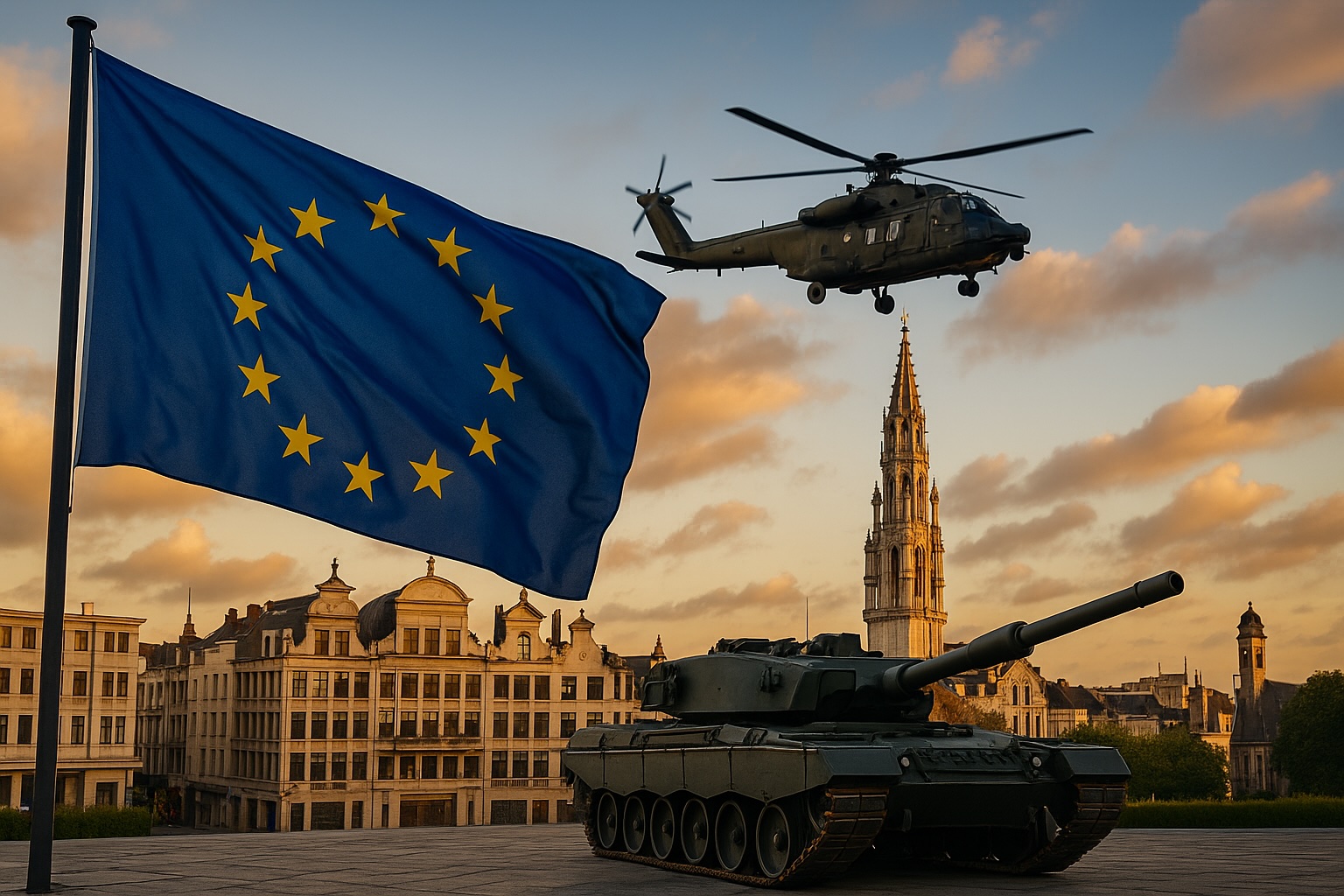Europe’s 19th Sanctions Package: The New War on Dual-Use Tech, AI, and Russia’s Supply Chain
On October 23, 2025, the European Union announced its 19th package of sanctions against Russia, a watershed moment that extends far beyond oil, gas, and banking. This round marks the first time Europe has formally sanctioned AI systems, high-performance computing (HPC), and commercial space-based services linked to Russia’s war effort.
As someone who works across defense, intelligence, and technology, I see this as a clear signal: the EU has accepted that data and code are now as strategic as steel and oil.

🔍 What the EU Just Did
The package targets the global ecosystem sustaining Russia’s weapons manufacturing and military innovation.
Key actions include:
- 45 foreign entities sanctioned across China (including Hong Kong), India, and Thailand for supplying micro-electronics, CNC machines, and UAV parts.
- Expanded export bans on chemicals, metals, and optics used in rocket fuel, missiles, and logistics.
- Prohibition on AI, HPC, and satellite services that could support battlefield intelligence or military planning.
- Mandatory authorization for any service to Russian state entities, closing long-used civilian loopholes.
For the first time, the EU is treating computing power and data access as dual-use resources subject to export control.
⚔️ Why It Matters
Traditional sanctions target tangible assets — ships, oil, and banks.
This new approach recognizes that algorithms, servers, and satellite data are now weapons of influence and warfare.
AI models can optimize supply routes as easily as missile trajectories.
Cloud servers can train commercial logistics software — or autonomous drone control systems.
The same chip that powers a medical scanner can drive a targeting camera.
The EU’s message is clear: if your technology can kill, we’ll treat it like a weapon.

🛰️ The Digital Frontier of Sanctions
By including AI and HPC in its control regime, Europe is joining a coalition of nations building a digital iron curtain around Russia’s defense industry.
The sanctions effectively block access to:
- European cloud infrastructure used for military R&D.
- AI analytics and simulation software licensed through third countries.
- Commercial satellite providers whose data might aid targeting or mapping.
These are not symbolic measures — they strike at the core of Russia’s ability to adapt, innovate, and digitize its war machine.
🧠 The Private Sector Implications
For Western companies in aerospace, AI, or advanced manufacturing, the line between civilian and military use has blurred.
A software developer licensing a machine-learning API to a Russian client could now be in violation of EU law.
Compliance is no longer just about products — it’s about intent and capability.
This creates a new compliance frontier where data, code, and intellectual property are as regulated as guns and steel.

🌍 Strategic Realignment
Europe’s move reflects a larger shift toward strategic decoupling from authoritarian tech ecosystems.
As Russia leans on China and other partners to fill gaps in semiconductors and AI, the West is investing heavily in domestic production, secure supply chains, and ethical AI frameworks.
The result is a global bifurcation of technology — one that will shape trade, innovation, and power for decades.
🧩 Conclusion
Europe’s 19th sanctions package is more than a diplomatic gesture — it’s a technological containment strategy.
It acknowledges that modern war is fought in code, in the cloud, and in supply chains that span continents.
For Western leaders and businesses, the message is simple:
The next battlefield is digital — and compliance is the new defense.
